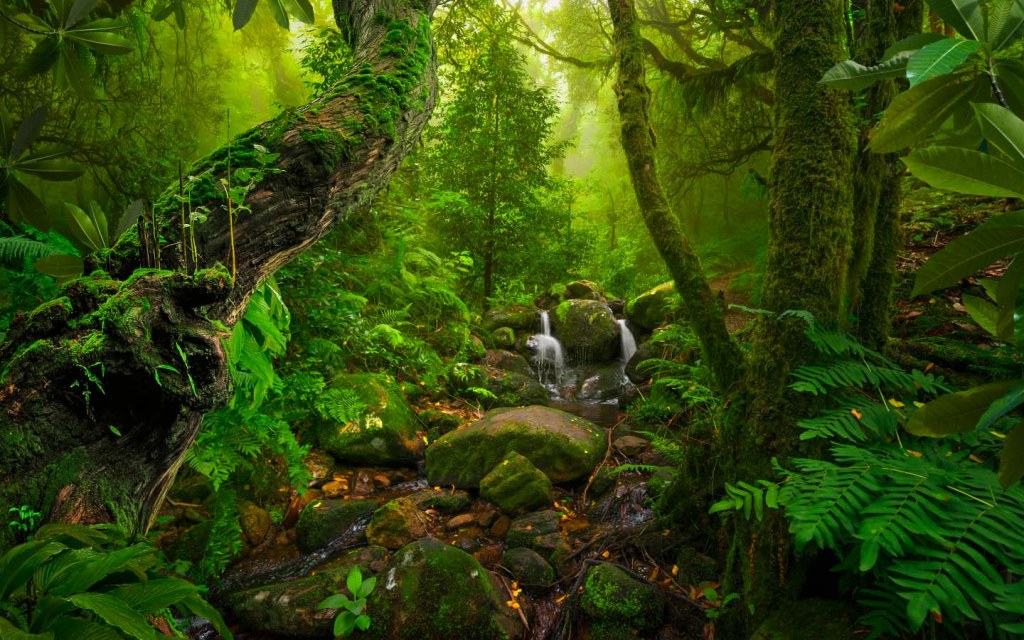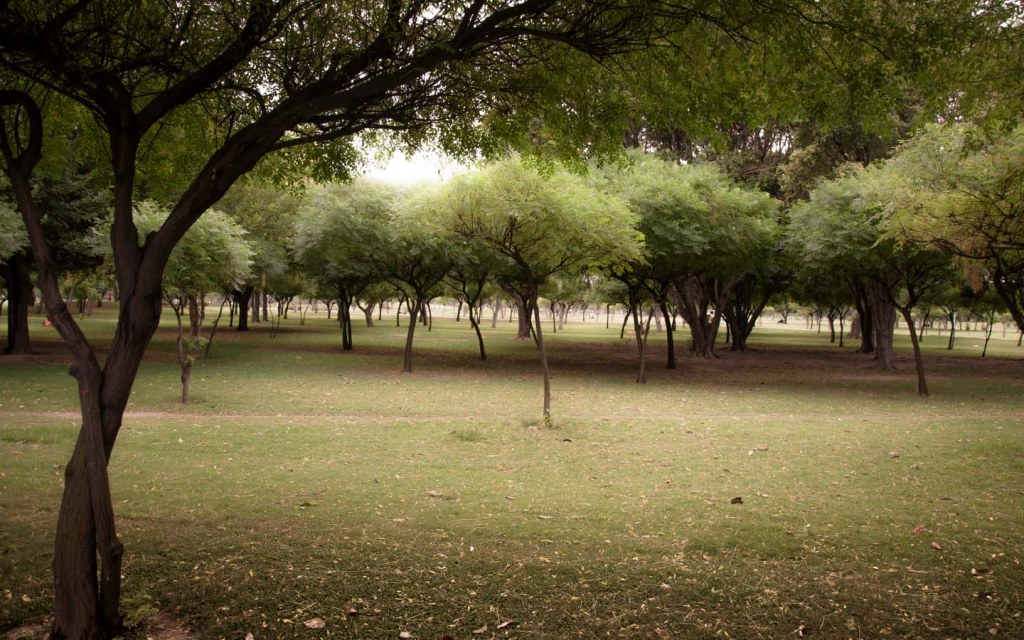UPDATE (June 24, 2021): A new web article titled “Why ‘tiny forests’ are popping up in big cities” has been recently published in the latest online edition of the National Geographic magazine. This article sheds light on the increasing trend of urban forestry in some of the busiest metropolitan areas around the world and its positive impact on natural ecosystems.
It has also mentioned and praised many global leaders including PM Imran Khan for introducing an initiative under which Miyawaki-style urban forests will be grown at more than 50 different spots in the metropolis of Lahore. Read the article below to learn more about the recently introduced concept of urban forestry in Pakistan.
UPDATE (Feb. 12, 2021): Prime Minister Imran Khan is set to inaugurate the Miyawaki urban forest in Jilani Park on Feb. 12. The government is planning to develop around 51 urban forest sites in Lahore to tackle the problem of air pollution. The plantation of these forests is part of the incumbent government’s broader strategy to protect the environment.
UPDATE (January 6, 2020): The plantation of the urban forest in Lahore, which is set to be executed using the Miyawaki Method, kicked off on January 5, 2020. Zameen.com, one of the proud sponsors of this urban forest plantation drive, participated in its inauguration ceremony.
With Parks and Horticulture Authority (PHA) actively improving green belts and parks in Lahore, it seems the City of Gardens is on its way to become greener and even more beautiful. To that end, the Lahore Development Authority (LDA) has recently announced its plans for raising a forest in Lahore using the Miyawaki method.
Raising A Forest In Lahore Using the Miyawaki Method – An Overview
The LDA has plans to grow a dense forest in Lahore by using the Miyawaki method. A non-governmental organisation will also support this move of the Lahore Development Authority. They are planning to grow this urban forest in a park near Liberty, which is expected to bring down the level of environmental pollution in the city. Furthermore, it will also serve as a recreation place where one can experience the ultimate countryside escape while being in the middle of a bustling city.
More About Miyawaki Method

So, what is the Miyawaki method? Whose brainchild is it? Let’s find out.
Akira Miyawaki
Akira Miyawaki is the man behind the Miyawaki method. He is a Japanese botanist and an expert in vegetation ecology. Although Mr. Akira Miyawaki is 91, he still works to help restore natural vegetation by using natural methods.
How Do Things Work in the Miyawaki Method?
Over 600 forests have now been restored using the Miyawaki method. But how does it work? Let’s find out.
The Miyawaki method aims at the restoration of forests by the application of ecological theories based on tropical forest regeneration.
The core idea of this method is to plant as many seedlings as possible of the potential natural vegetation, depending on the region. Mostly canopy tree species are used in this method. The process of a densely mixed planting is used in the Miyawaki method as a result of which a diversified forest is formed, similar to the natural forest system.
The saplings turn into trees reaching a height of 4 metres after five years and 8 metres after ten years. In 25 years, they can go over a height of 20 metres.
Note: The theory about forest reservation by Akhira Miyawaki is based on his decades of experience growing and restoring the forest. According to this theory, the best way to manage a forest is no management at all. Let it sprawl naturally.
How Effective Is Miyawaki Method For Raising A Forest in a Severe Environment?

The Miyawaki method of tree plantation can be effectively used to restore regions like tropical forests and temperate woodlands. Unlike the commercial management of a forest, where trees are cultivated as a timber resource, the Miyawaki technique promotes the concept of natural foresting process.
It is a fact that a forest offers biodiversity when in natural form and fulfils the many roles of a natural ecosystem, which it essentially is, including the absorption of carbon dioxide. It also serves as a natural habitat for many animal species and protects the soil from erosion.
Since the main layer of tree species planted in a forest, using the Miyawaki method, is picked from the natural forests, the original ecosystem, including microscopic species such as fungi and algae, will not only survive but thrive in such a type of natural environment.
Steps-By-Step Process for Growth and Restoration of Forest
Let’s take a look at the Miyawaki method of tree plantation, step by step:
| Step 1 | Seedlings are planted in a nursery |
| Step 2 | When two or more seedling sprout, seedlings are moved to pots |
| Step 3 | Pots containing seedlings are placed in a special net where they get 60% of sunlight for one or two months |
| Step 4 |
Pots with seedlings are then moved to a
place with special net cutouts where they get 40% of sunlight for the next two months |
| Step 5 | Conduct maintainance of the growing forest for a year or two and then let it grow naturally |
Benefits of Having Urban Forests in Pakistan

The signs of global climate change are getting more severe with each passing year. This alarming situation is a wakeup call for the entire world and in order to preserve greenery and natural reserves, Pakistan is making its move towards urban forestry. LDA’s efforts towards raising a forest in Lahore using the Miyawaki technique, is one of the best examples in this regard.
This forest in Lahore will reportedly be grown on land measuring one-acre having trees, which can reach a maximum height of 40 metres. The Miyawaki approach results in a forest that grows 10 times faster and is 30 times denser than any forest grown with commercial forestry techniques.
Quick Fact: Pakistan is home to many forests and natural reserves, which serve as natural habitats for many different types of wildlife species.
So, how did you find the idea of raising a forest in Lahore using the Miyawaki method? How helpful can it be in making Pakistan cleaner and greener? Let us know your thoughts at blog@zameen.com.
Want to take a look at more of our informative pieces? Head over to Zameen Blog, Pakistan’s best lifestyle blog, and don’t forget to subscribe to our newsletter to get daily updates.



